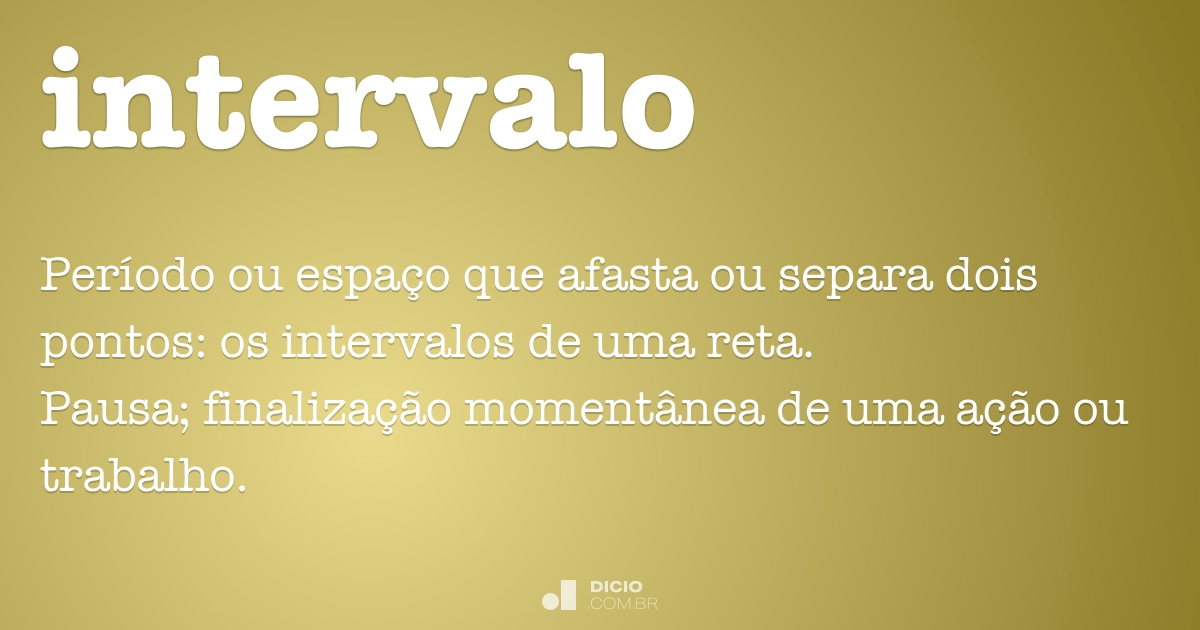

university education), between culturally or socioeconomically distinct groups (e.g., Peruvians and South Africans), or according to the degree of thematic or experiential expertise derived from different professional practices (eg, educational psychologists vs. For example, between men and women, between subjects with differentiated years of formal education (technical education vs. This comparison occurs when there is the necessary justification to suppose that the evaluation of the content of the items is associated with the variations related to specific groups. Indeed, the review of previous research suggests that the situation least raised in obtaining quantitative evidence of content validity is the comparison of groups of judges with respect to this type of evidence. The content validity estimated in the previous studies rests on the assumption that the results do not interact with differences between groups of experts however, it is plausible to suppose the opposite if a rigorous analysis of the characteristics of the subjects that served as expert judges is made. In the current content validity reports that used the V coefficient ( Domínguez & Villegas, 2012 Domínguez, Villegas, Yauri, Mattos, & Ramírez, 2012 Freiberg, de la Iglesia, Stover, & Fernández, 2014 Gómez, Sainz de Baranda, Ortega, Contreras & Olmedilla, 2014 García & García, 2013 García, Merino & Valero, 2015 Medrano, Liporace & Pérez, 2014 Merino & Valero, 2014 Palao, Manzanares & Ortega, 2015 Sánchez-Alcaraz & Parra-Meroño, 2013 Vallejo-Medina, Granados & Sierra, 2014), to date, the variability of expert judgment related to a fixed factor that differentiates two (or more) groups of experts has not been raised. This procedure is an important advance to generate intervals in the level 100 (1 - α) % to conclude in the statistical and practical significance of the coefficient V. This method seems to fit very well the estimates of content validity by means of coefficients, since it is reasonable to find negative asymmetric distributions in validity judgments, especially when the instruments have rigorously sampled the content domain of the construct in this situation, validity judgments will present denser distributions at the higher extremes of the rating. The introduction of this method in Spanish language seems to be located in Escurra (1988), and later, Merino and Livia (2009) disseminated the asymmetric confidence interval (CI) approach, developed by Penfield and Giacobbi (2004).
Programa intervalo license#
If you are a license reviewer, you can review this file by manually appending |reviewer= to this template.Among the methods to quantify the validity of content, obtained through the participation of expert judges, the use of the coefficient V ( Aiken, 1980, 1985), also known as V of Aiken, seems to have increased in psychological research or in fields that involve psychological constructs applied in various disciplines. The bot only checks for the license, human review is still required to check if the video is a derivative work, has freedom of panorama related issues and other copyright problems that might be present in the video. The Creative Commons license is irrevocable. This file should not be deleted if the license has changed in the meantime.
Programa intervalo software#
This file, which was originally posted to YouTube: Histórias da Bahia - Ditadura Militar, was reviewed on 7 April 2021 by the automatic software YouTubeReviewBot, which confirmed that this video was available there under the stated Creative Commons license on that date. CC BY 3.0 Creative Commons Attribution 3.0 true true

You may do so in any reasonable manner, but not in any way that suggests the licensor endorses you or your use.

attribution – You must give appropriate credit, provide a link to the license, and indicate if changes were made.to share – to copy, distribute and transmit the work.


 0 kommentar(er)
0 kommentar(er)
